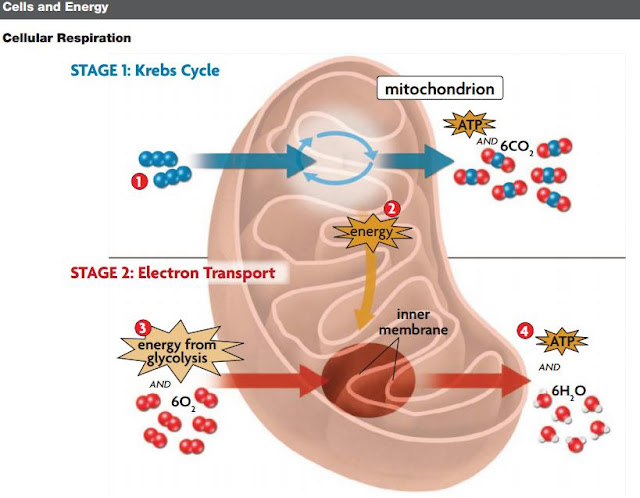Cycle=repetition or repeating patterns.
G0 (Gap 0): cells carry out their normal functions but are unlikely to divide ex: Neurons
1. gap 1
2. cell growth, normal functions, replications of organelles, length of time a cells varies for each cell & organism. Critical check point in cell division #1 @ the end of G1.
3. synthesis.
4. copies DNA from the nucleus
5. gap 2
6. more growth and normal functions, Critical check point in cell division #2 @ the end of G2.
7. mitosis
8. cell division
9. prophase
10. metaphase
11. anaphase
12. telophase
13. cytokinesis Cyto=Cell Kinesis=division
14. mitosis
15. interphase
Cells divide at different rates:
- Rates of cell division vary widely
- Cell divides according to the body’s need (Ex. Skin cells divide more often then liver cells.)
- The length of gap 1 varies widely among cell types.
- Neurons, enter a stage called G0, where cells are unlikely to divide again.
Cell size is limited due to surface to volume ratio:
- If cell is small it could not contain organelles and needed molecules.
- If cells is large it could not move enough materials across the membrane surface.
- To be at perfect size cell growth and division must be coordinated.
Experiment Explaining The Importance of Size of Cell
G1& G2 stages got their names because scientists did not see any activity going on in cells, and thought there were Gaps in cell activity.
M-Phase (Mitosis): Cells The cell nucleus and its contents divide this includes cytokinesis.
Division and Growth must coordinate for cells to stay the same size from generation to generation.
What Breast Cancer Cells Look Like When Dividing
5.2 Mitosis & Cytokinesis

Chromosome structure
- A chromosome is one long continuous thread of DNA.
- DNA wraps around proteins called histones.
- During Interphase,DNA and histones form chromatin that look like spaghetti.
- Chromosomes condense tightly for mitosis.
- Because they are duplicated, they look like an X.
2. prophase: chromosomes condense, nuclear envelope breaks down, spindle fibers form.
3. metaphase: spindle fibers align chromosomes along the cell equator
4. anaphase: chromatids separate to opposite sides of cell

5. telophase: nuclear membranes start to form around chromosomes, chromosomes begin to uncoil, spindle fibers fall apart
6. cytokinesis: divides the cytoplasm between two daughter cells
Say What?? Let's see it again!































